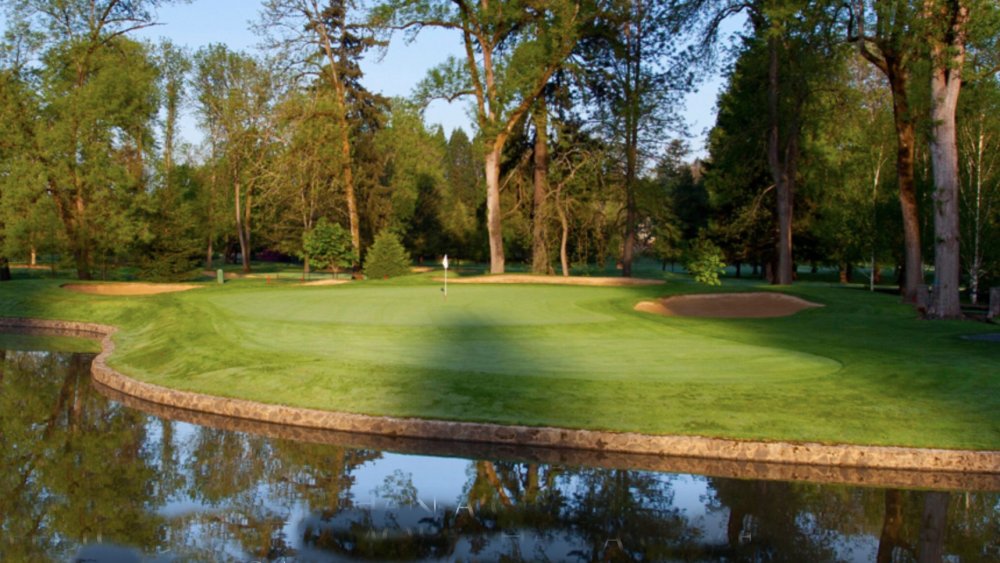Portland Golf Club, established in 1914 and host to numerous major championships and the 1947 Ryder Cup, has completed the first phase of renovation. Led by architect Dan Hixson, an Oregon native and resident of Portland, the project evolved incrementally over the past decade and targeted playing areas on all 18 holes.
The project began a decade ago with the removal of 75 trees throughout the course, including more than 20 around the 13th green alone, opening it to more sunlight and air flow. Hixson continued overseeing a tree-maintenance program while submitting a master plan for overall course improvements. Work started eight months ago and was completed in November.
The goal of the project was to preserve the integrity of the golf course and its history while also making it relevant for today's game.
"Our focus is to enhance the member experience, striving to be better from the moment a member sets foot on the golf course," said John Vranizan, President, Board of Directors, Portland Golf Club. "Working closely with Dan, the construction, and agronomy teams, we meticulously upgraded every hole on the golf course."
The plan's main focus was the bunkering, improving drainage while making them both more strategic and aesthetically appealing. Many of the 63 bunkers on the course had been rendered irrelevant thanks to changes in ball and stick technology. To that end, the overall number of bunkers on the course has been reduced from 63 to 51, with many moved for strategic purposes. All have been rebuilt with Better Billy Bunker II system and filled with sand from Best Sand.
Hixson cited bunker shaper Tony Russell as having a great impact on the contouring and visual appeal of these hazards.
A total of 12 of 18 greens were enlarged to reclaim their original specs that had been lost to encroachment from surrounds over the years.
"On many, we expanded at the corners, often in conjunction with the bunker work we were doing," Hixson said "We've even gotten down on the ground and used our hands to get the new turf to lay perfectly so it looked like it's always been there. We like to say this course was 'hand-made.'"
Substantial work also was done on many of Portland's tee boxes that stretch the 1914 classic to 7,100 yards. Many were re-graded and re-grassed, and new forward tees were added to several holes throughout the property bringing the course down to 4,800 yards and aligning it with player-development programs such as the USGA's Tee It Forward initiative.
Designed in 1914 by architect George Turnbull, Portland has a proud history. The course was the site of the 1946 PGA Championship, 1947 Ryder Cup Matches, the 1955 Western Open and on eight occasions was the host of the Portland Open Invitational. It has been largely untouched since a 1964 renovation led by Robert Trent Jones Sr.
Members want the course back on the championship circuit and believe the restoration is the first step in doing so.
The course remained open during the process, and members were able to follow the progress on a daily basis. Communication and coordination with members throughout the project was important to the project's success said Jason Dorn, Portland's director of agronomy.
The project is not finished. An new irrigation system, including installation of all new heads, will begin in the spring and should be completed by fall.



